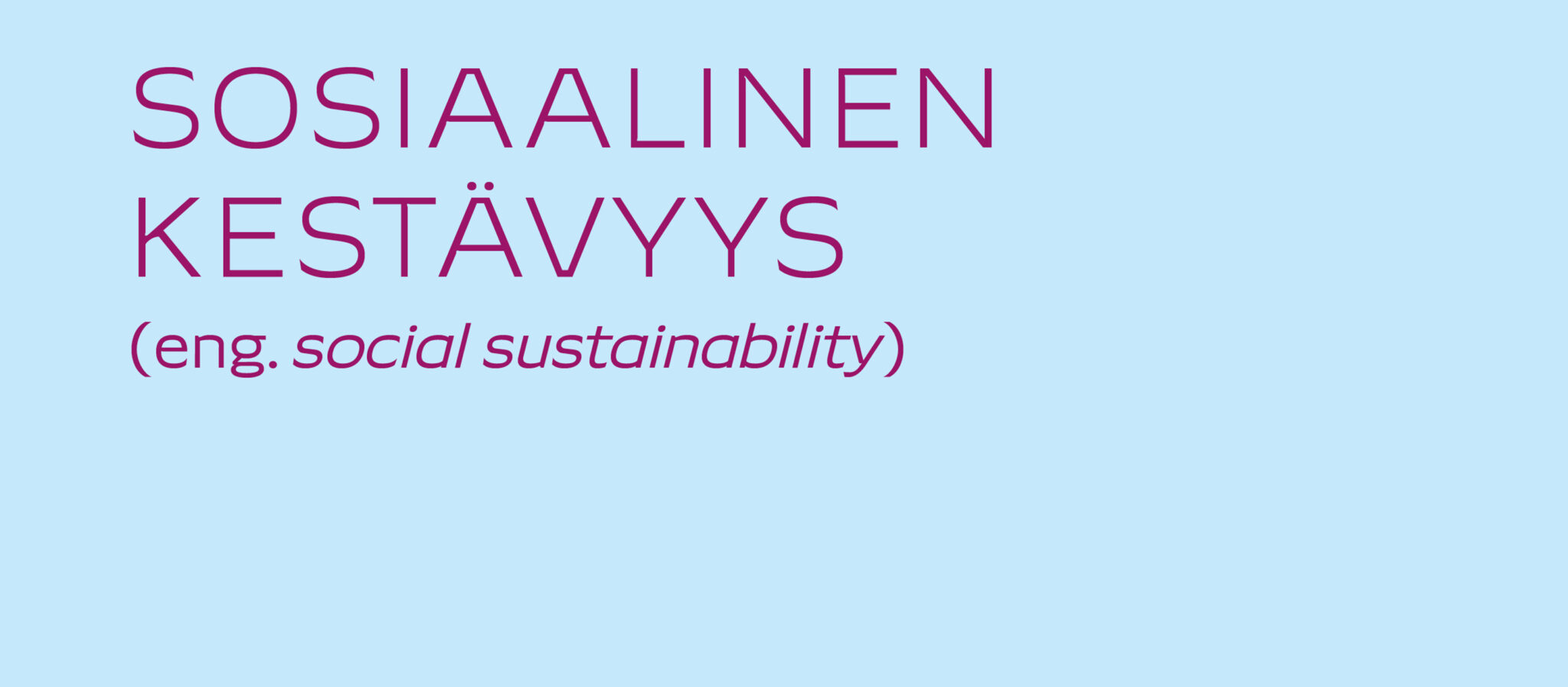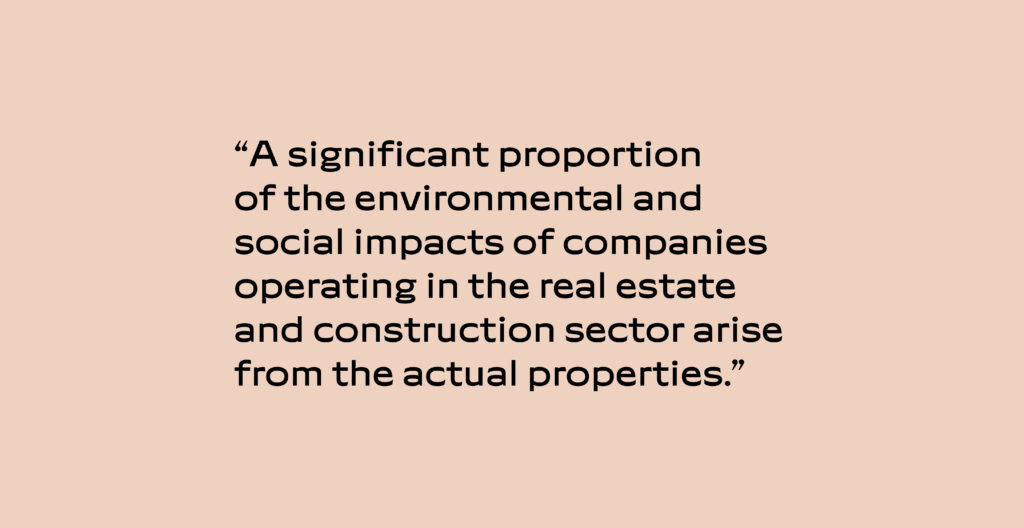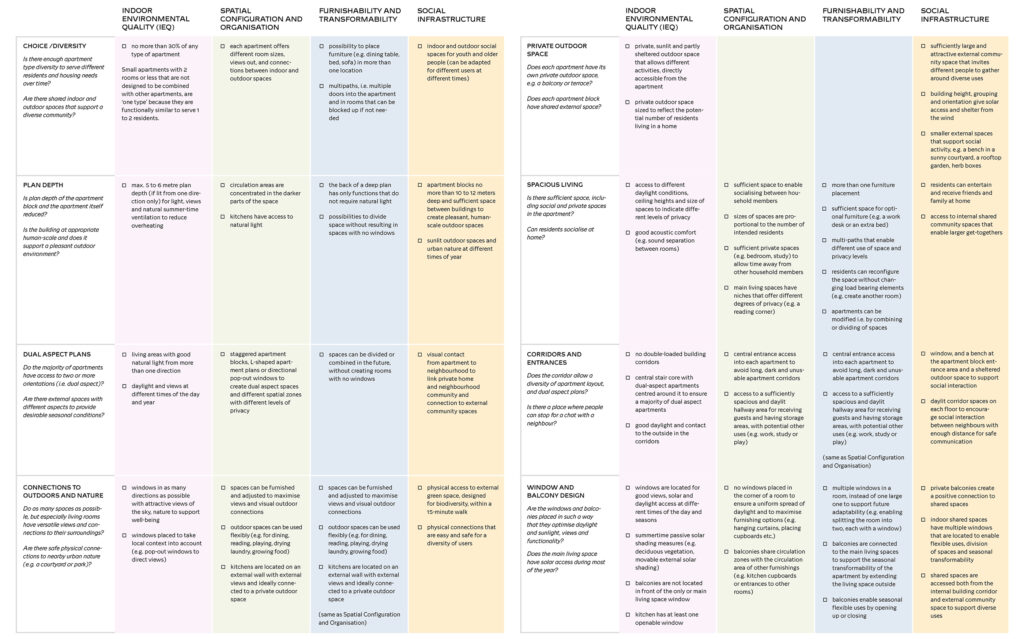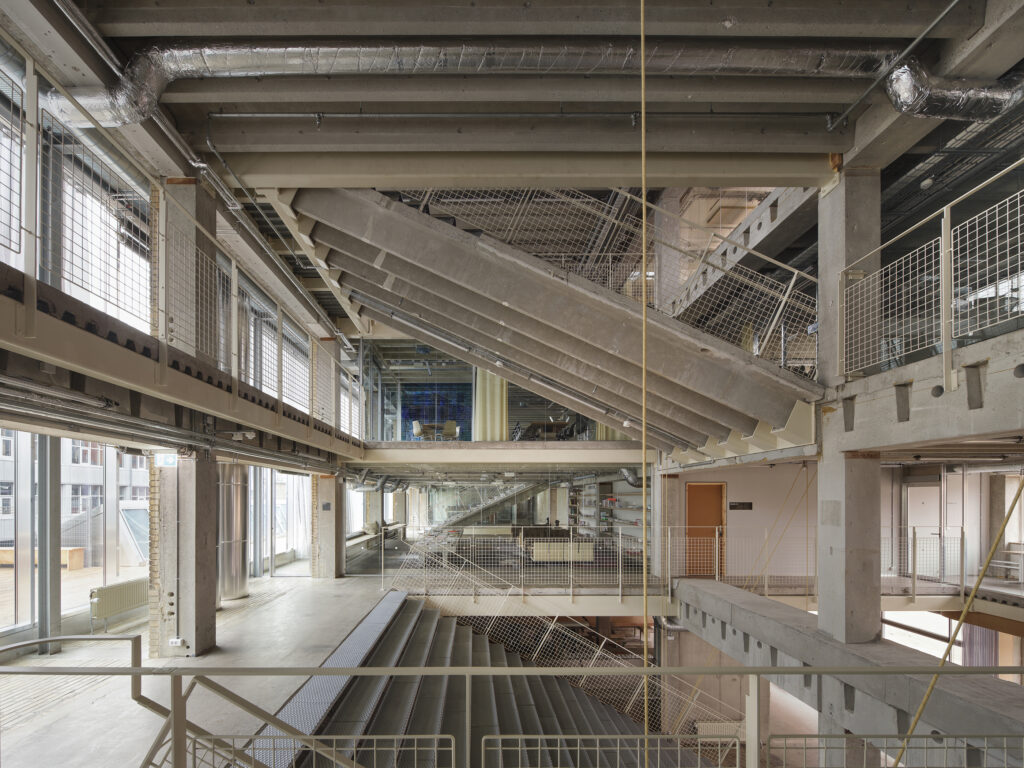Concept: Social Sustainability

Social sustainability has traditionally not been taken into account as an element of urban planning, even though it is central to preventing segregation, Emma Savela points out.
In this column, experts highlight and explain topical concepts.
Social sustainability is often defined through the realisation of social inclusion, social justice and a holistic well-being. However, the concept is not as unambiguous or easily measurable as, for instance, ecological or economic sustainability. It is perhaps precisely for this reason that social sustainability has traditionally not really been taken into account as an element of urban planning. In land-use planning, for instance, various surveys are commissioned and conducted related to an area’s physical environment and several technicalities, such as noise conditions, the passage routes of endangered flying squirrels and other nature factors. But how is the local social life surveyed or examined, and what are the possible effects of development on this sphere of urban life?
In the Finnish urban planning context, a parallel is often drawn between social sustainability and the prevention of segregation. Even though areal segregation in Finland has, so far, been moderate, the speed of the development currently underway in our large cities is concerning. In particular, segregation reflects on schools, which has recently attracted wide discussion in the media. It has been an unwavering objective of the Finnish welfare state to prevent segregation through the means of, for example, urban planning that mixes various forms of ownership in housing. This policy has not been a complete success, however, as the differences between urban neighbourhoods, in particular, have become more notable.
Preventing segregation seems to be a universally shared goal, but the discussion on the topic is too preoccupied with the problems.
Preventing segregation seems to be a universally shared goal, but the discussion on the topic is too preoccupied with the problems. In order to find solutions for preventing segregation, planners and policymakers should, instead, focus on the potential that lies in the areas as well as on supporting diversity. In the best-case scenario, supporting and developing the strengths of an area can improve the existing environment for the current residents, in addition to these elements serving as pull factors for newcomers. The danger in the current urban development climate that relies on a “new construction through demolition” strategy is that areas become more monotonous when existing, low-rent retail spaces are replaced with new expensive ones that only large chain stores can afford to operate in. Statistically speaking, this may decrease segregation, but, in reality, the internal differences in well-being within the area remain vast.
Considering the dynamics of segregation and social sustainability as part of urban planning calls for the strengthening of cross-sector and cross-industry cooperation, as well as a sound understanding of both areal and social processes at play in the background. Architecture and urban planning alone cannot solve the challenges of areal segregation, but planning can provide a framework for urban social life, and it is therefore not irrelevant what type of housing is built in specific areas or where schools or other functions and services are located. It is a matter of what is and is not facilitated by the architecture – and on whose terms the possibilities are created. ↙
EMMA SAVELA
Architect. Interested in the social and societal dimensions of urban planning and architecture, as well as inclusive urban design. Has studied these themes in her Master’s thesis (Aalto University 2022), as well as in her work for the City of Vantaa in a project constructing a model for the prevention of school segregation.
LITERATURE
Venla Bernelius & Heidi Huilla: Koulutuksellinen tasa-arvo, alueellinen ja sosiaalinen eriytyminen ja myönteisen erityiskohtelun mahdollisuudet. Valtioneuvoston julkaisuja 7/2021.
Hossam Hewidy: The hidden city of immigrants in Helsinki’s urban leftovers – The homogenization of the city and the lost diversity. Aalto-yliopisto 2022.
Mari Vaattovaara, Anssi Joutsiniemi, Jenni Airaksinen & Markku Wilenius: Kaupunki politiikassa. Vastapaino 2021.




